ROY LICHTENSTEIN (1923-1997)


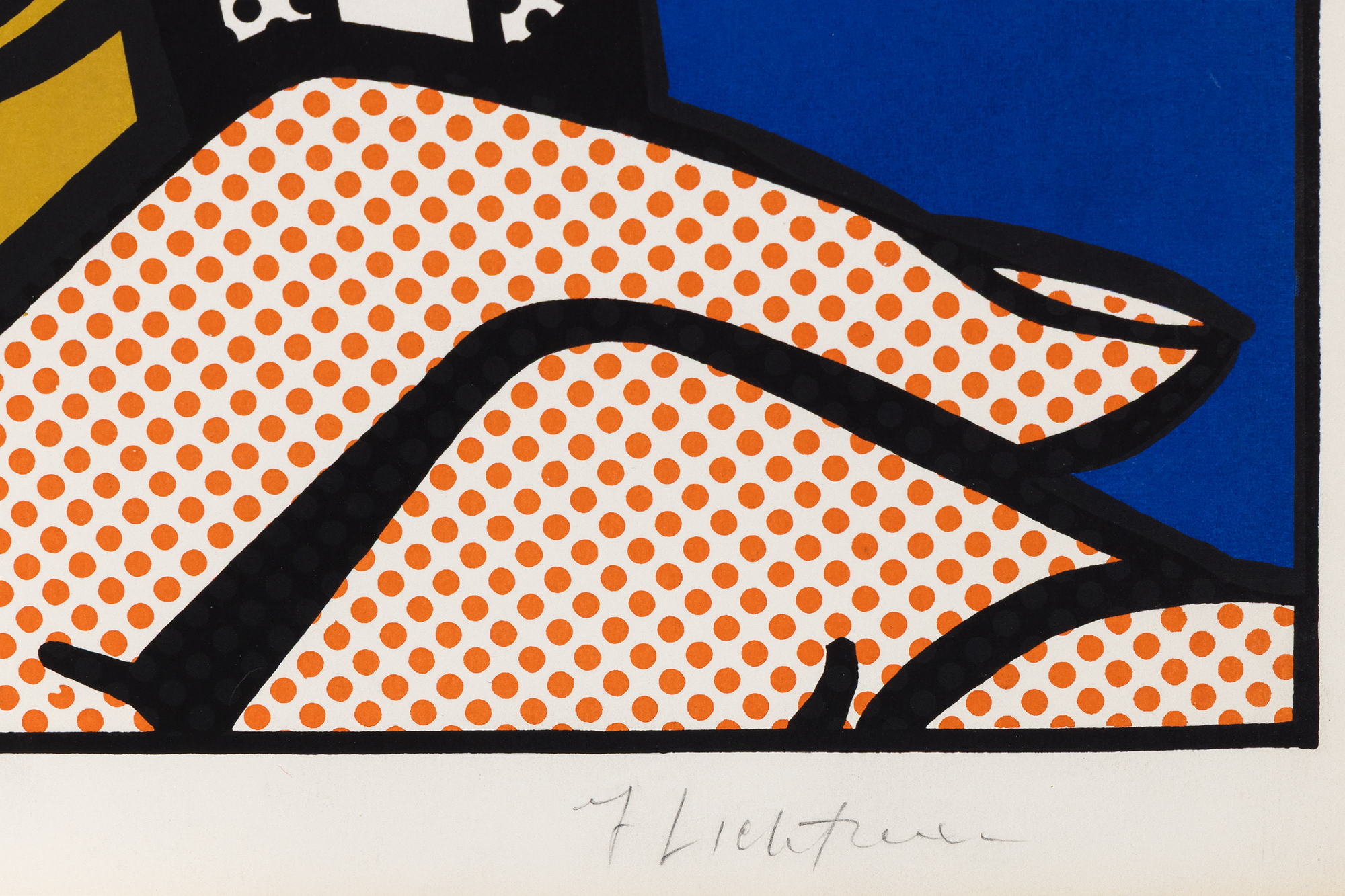

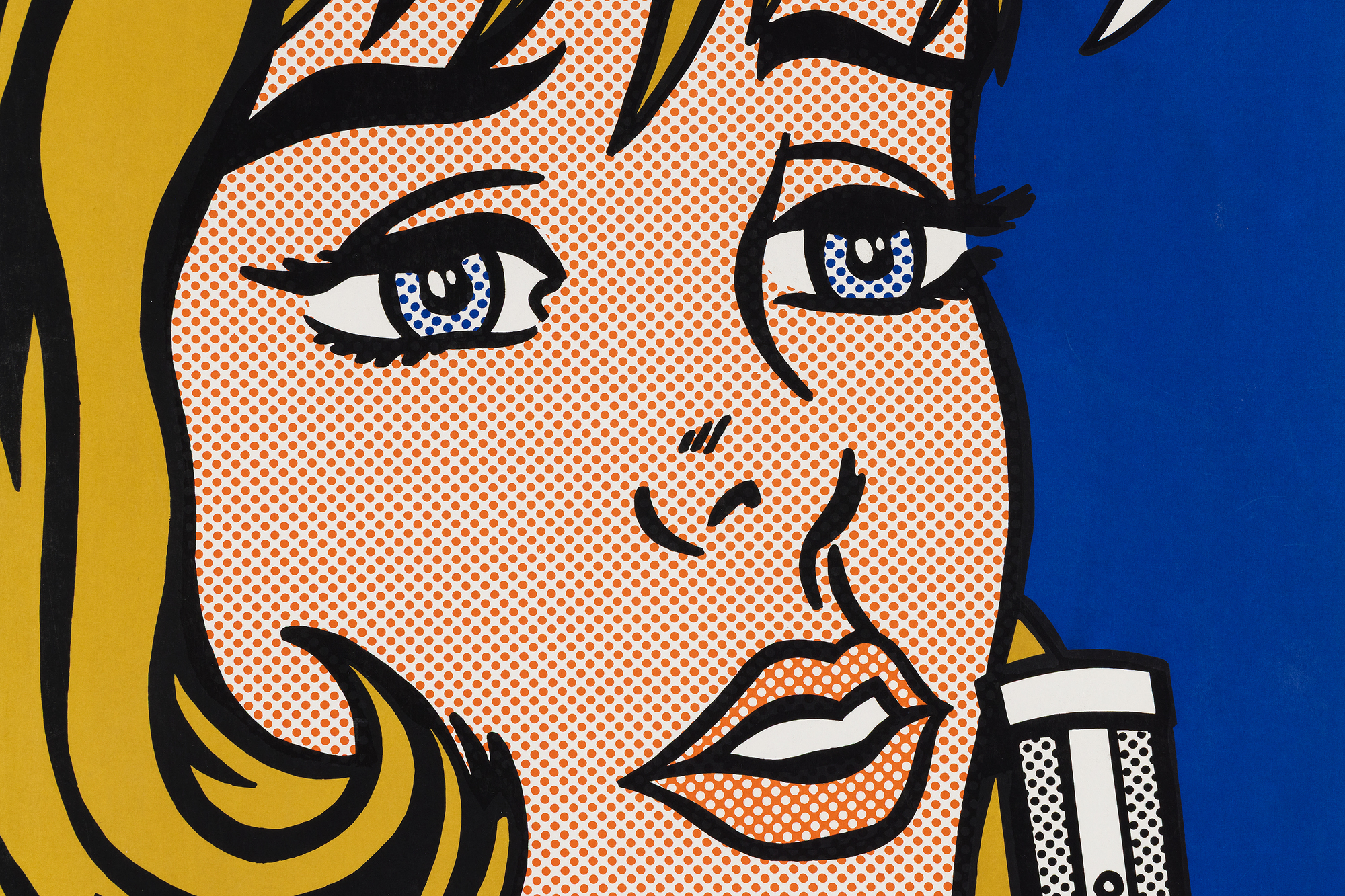
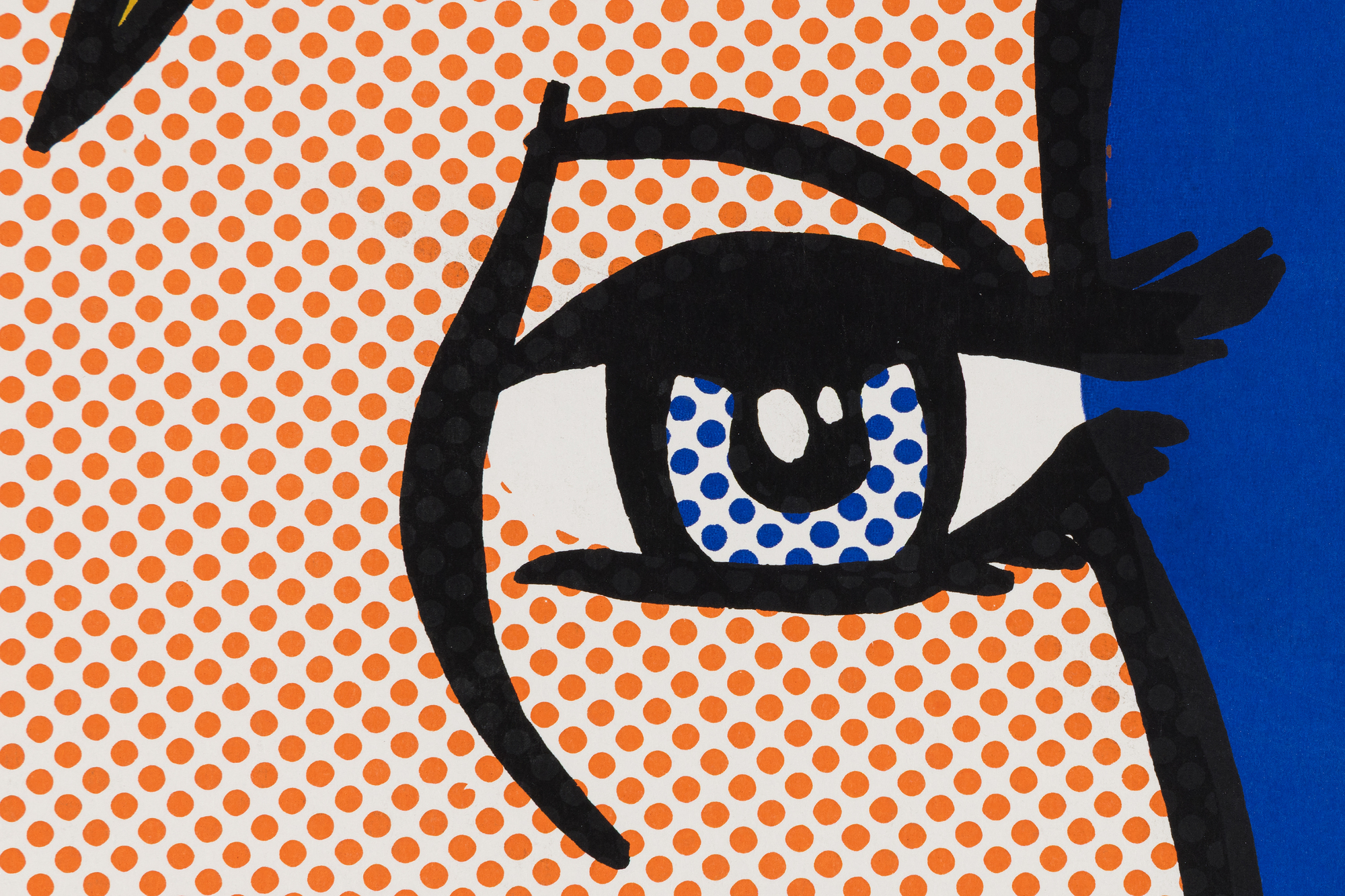
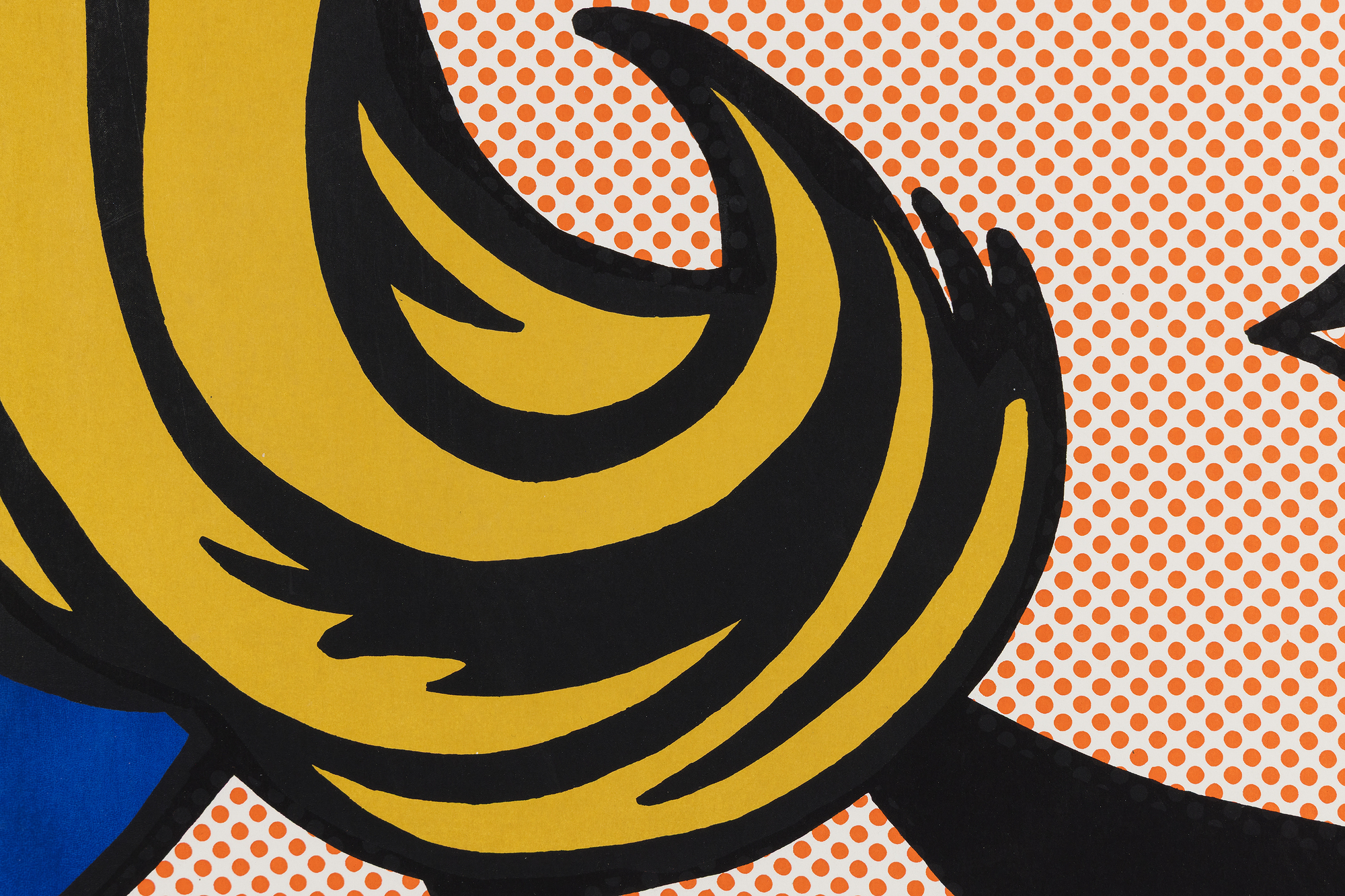

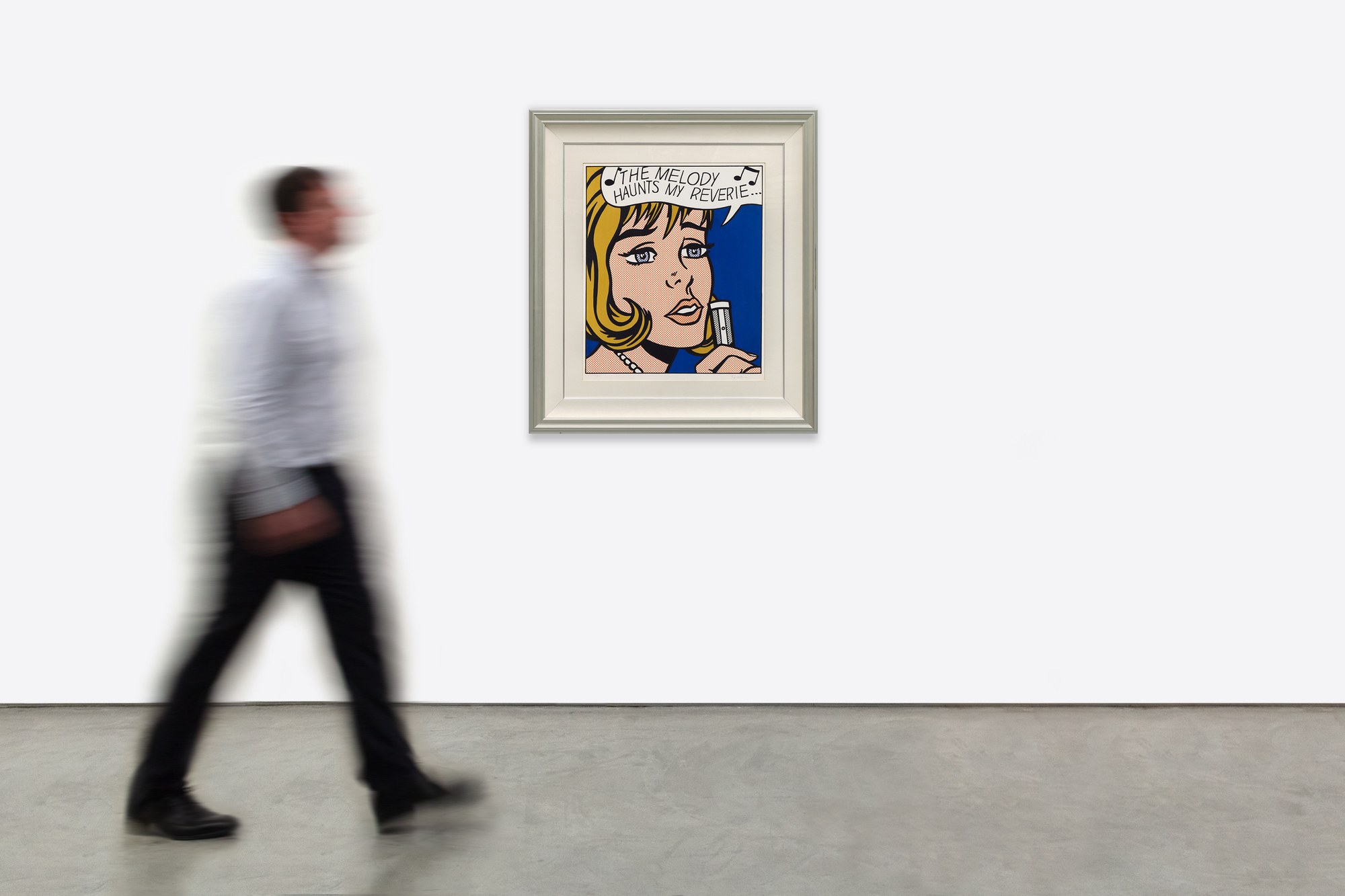
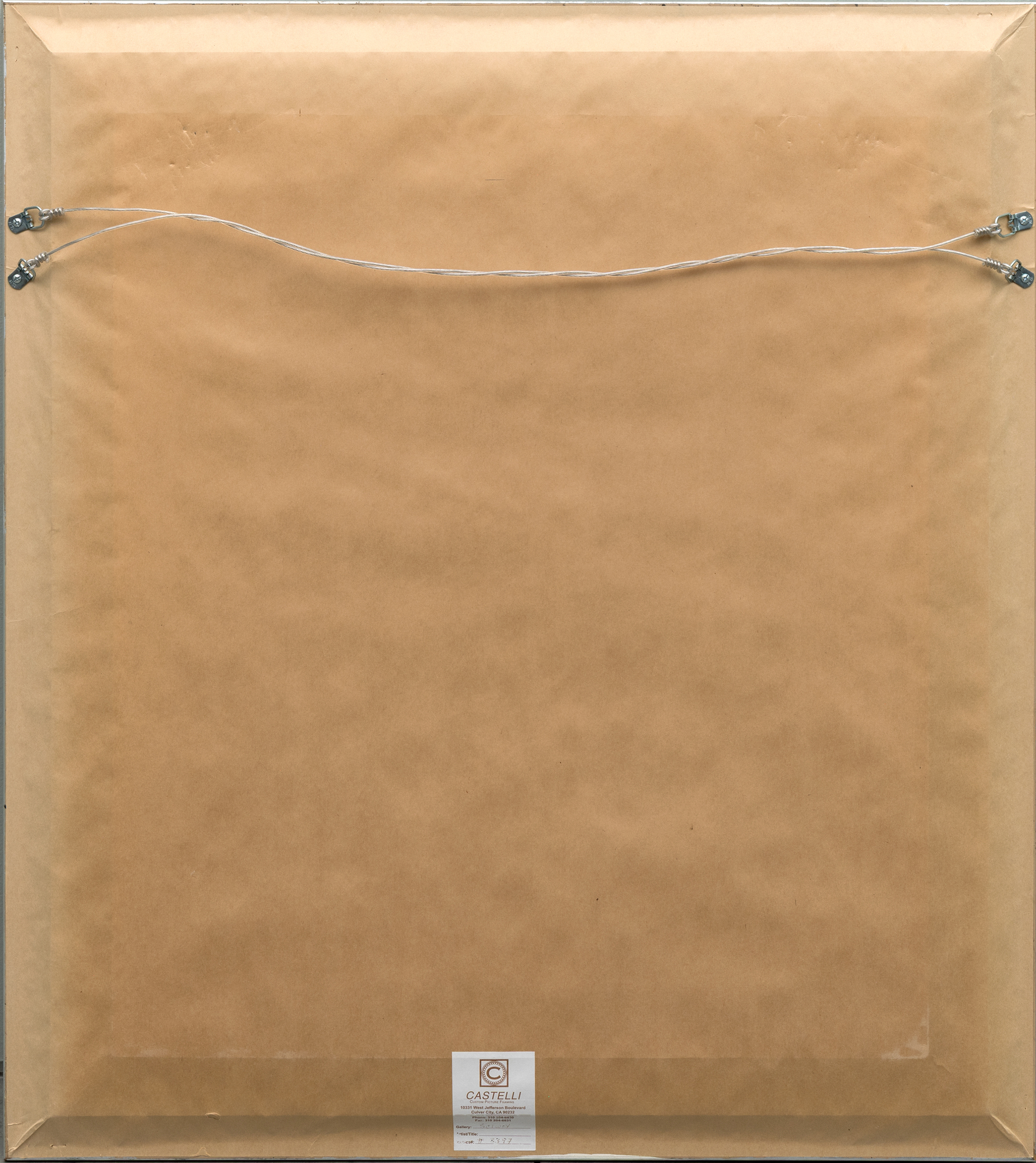
Provenance
Hamilton SelwayPrivate Collection
Literature
Paul Bianchini, ed. Roy Lichtenstein: Drawings and Prints, Lausanne, 1970, no. 10, p. 220 (illustrated in b/w)Mary Lee Corlett, The Prints of Roy Lichtenstein: A Catalogue Raisonné, 1948–1993, 2nd ed., New York and Washington, D.C., 2002, no. 38
Andrea Theil and Roy Lichtenstein Foundation, Roy Lichtenstein: A Catalogue Raisonné, New York, lichtensteincatalogue.org, no. 1132
195,000
Reverie depicts a pensive, stylized heroine rendered in Lichtenstein’s hallmark Ben-Day dots, bold outlines, and primary colors, capturing both the melodrama and restraint of comic-book narrative. The title recalls the nostalgic 1927 song Stardust by Hoagie Carmichael, specifically the line “The melody haunts my reverie,” underscoring the nostalgic mood conveyed in the sitter’s far-off gaze. Lichtenstein himself considered his contributions to 11 Pop Artists his first true fine-art prints, the culmination of years mastering multiple printmaking techniques, from etching to screenprinting.
Impressions from this edition are now held in major public collections, including the Art Institute of Chicago, the National Gallery of Art, the Museum of Modern Art, and the Smithsonian American Art Museum, affirming its historical and artistic importance.


